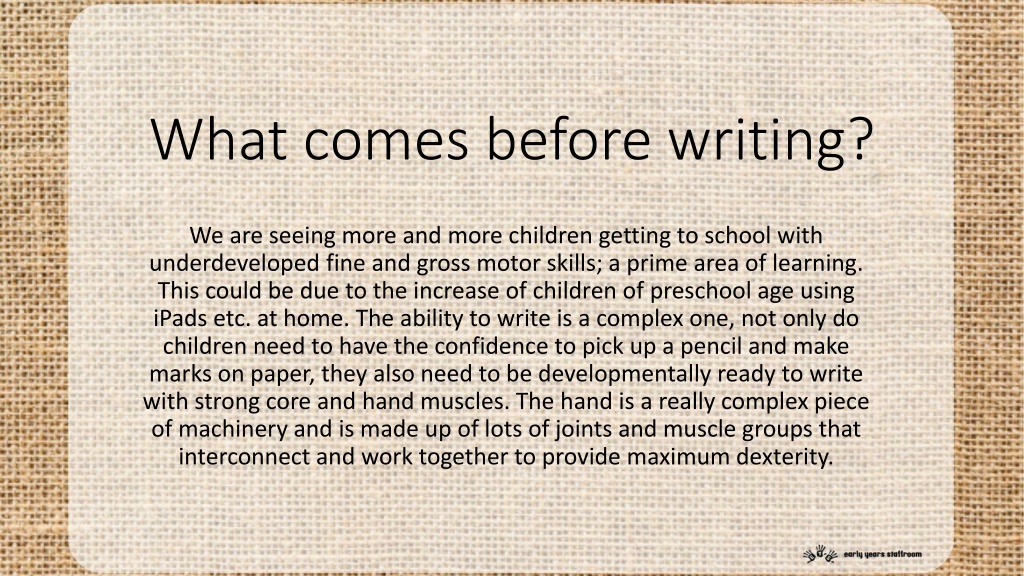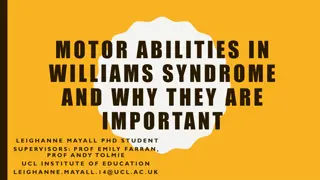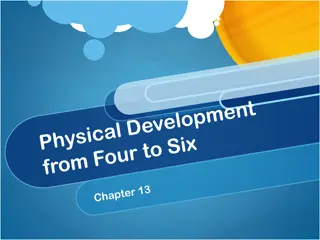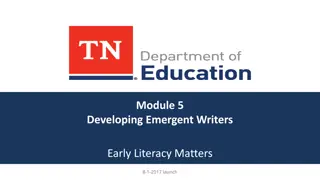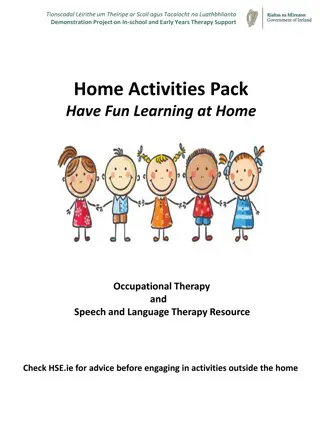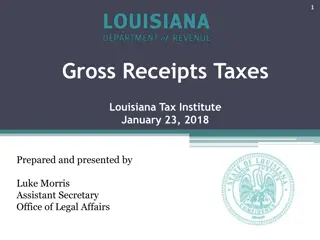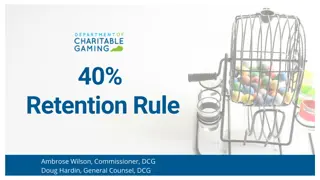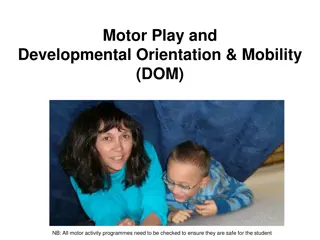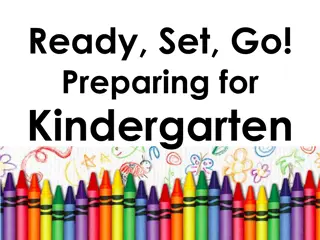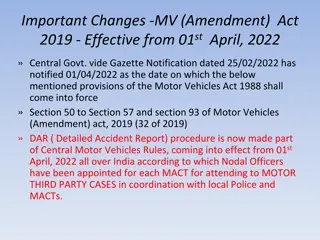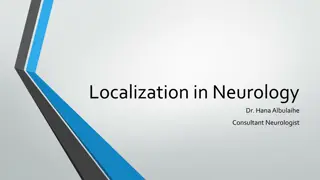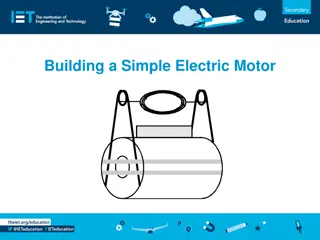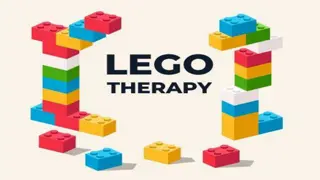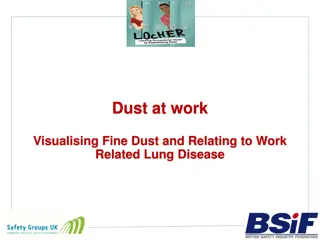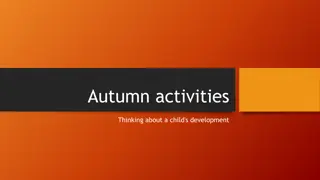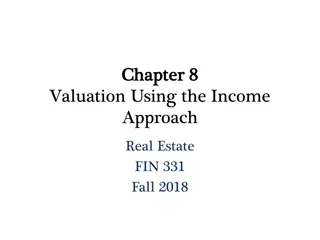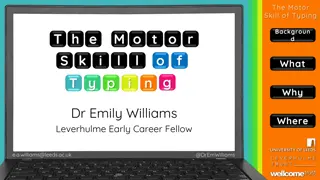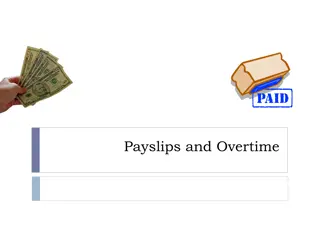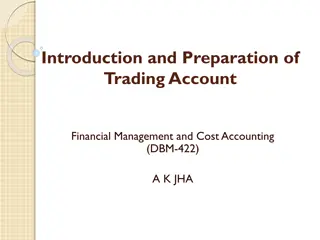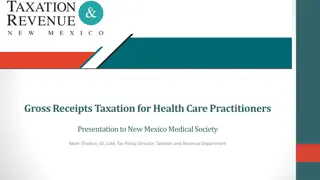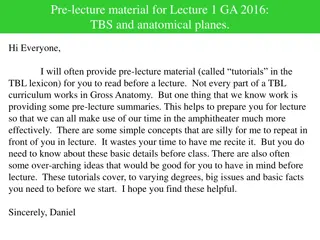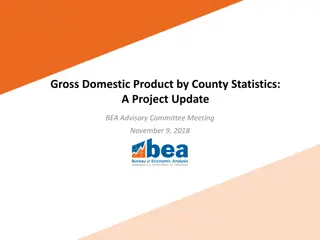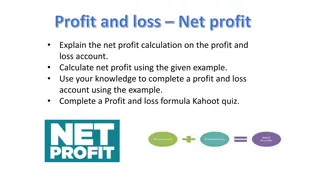Developing Fine and Gross Motor Skills in Children for Effective Writing
Children's motor skill development is crucial for successful writing. Prior to writing, children need adequate muscle development, starting from gross motor skills to fine motor control. Activities and strategies for improving both types of motor skills are essential in preparing children for successful writing experiences.
- Motor skills development
- Writing preparation
- Fine motor activities
- Gross motor activities
- Early childhood development
Download Presentation

Please find below an Image/Link to download the presentation.
The content on the website is provided AS IS for your information and personal use only. It may not be sold, licensed, or shared on other websites without obtaining consent from the author. Download presentation by click this link. If you encounter any issues during the download, it is possible that the publisher has removed the file from their server.
E N D
Presentation Transcript
What comes before writing? We are seeing more and more children getting to school with underdeveloped fine and gross motor skills; a prime area of learning. This could be due to the increase of children of preschool age using iPads etc. at home. The ability to write is a complex one, not only do children need to have the confidence to pick up a pencil and make marks on paper, they also need to be developmentally ready to write with strong core and hand muscles. The hand is a really complex piece of machinery and is made up of lots of joints and muscle groups that interconnect and work together to provide maximum dexterity.
How do muscles develop? Children s arms and hands contain a series of pivotal joints which develop from biggest to smallest (shoulder, elbow, wrist, fingers). Once the pivots have worked their way down to the wrist, the journey doesn t stop there, though for many children it becomes far trickier and they often face difficulties. The end of the pivot journey is when the mark making ends at the smallest set of pivots, right at the end of the fingers. If children can hold their mark making tool there, then they will have the fullest, most dextrous range of movement that their bodies can provide and be ready to write for life. This is fine motor control. However, it is important to remember that a child cannot master fine motor activities until gross motor skills are developed.
What can be done to improve gross motor skills? What can be done to improve gross motor skills? Go to various parks Gymnastics and trampolining Bikes and trikes Dancing Obstacle courses Walks at the beach / forest Painting with rollers Brushing and mopping with large brooms and mops
What can be done to improve fine motor skills? What can be done to improve fine motor skills? Playdough and clay Threading Cooking Woodwork Weaving Sewing Painting and finger painting Sand and water play Building Transient art Collaging
Writing Once the muscles are fulling developed we can move onto mark making with pencils. The children will develop their own grip and it is important not to constantly correct it but to guide children carefully to feel more comfortable holding a pencil. Children will begin with mark making and develop to pictures with meaning before finally beginning letter formation developed alongside the Early Years Staffroom phonics program. It is important children are taught the correct formation from as early as possible so that they do not form habits of writing letters incorrectly.
